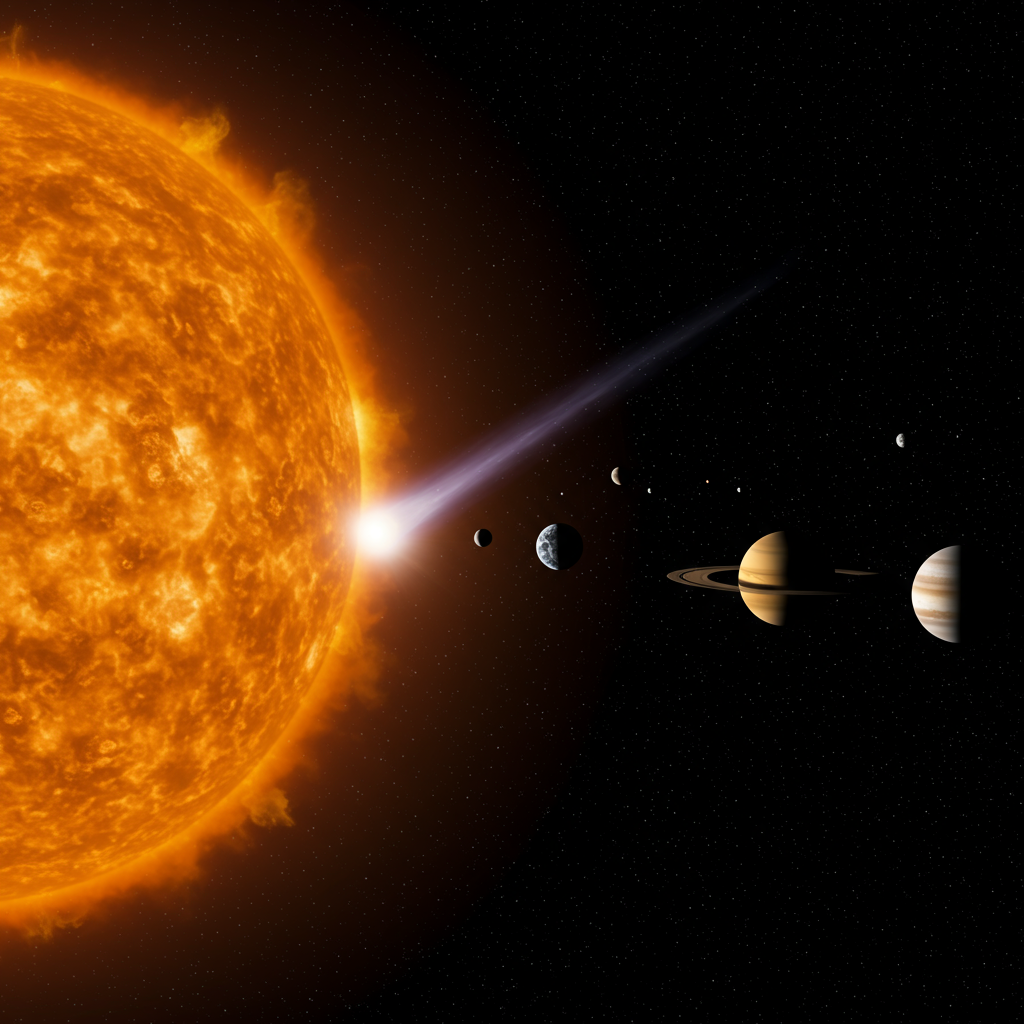Antarctica, a vast continent of ice and isolation, is typically a place of scientific observation, ideal for listening to the cosmos without interference. Yet, it has become the source of a confounding mystery: bizarre radio signals detected emanating from beneath the frozen surface. This discovery has left scientists scrambling for answers, as the signals appear to defy the known laws of physics.
The strange findings come from the Antarctic Impulsive Transient Antenna (ANITA) experiment. Launched high into the stratosphere aboard balloons, ANITA’s primary mission is to detect high-energy cosmic rays and elusive subatomic particles called neutrinos as they arrive from space. These instruments are designed to observe phenomena coming down towards Earth.
Signals from Below the Ice
But instead of detecting particles from above, ANITA intercepted potent radio waves traveling upward from deep within the Antarctic ice. This is highly unexpected. According to our current understanding of particle physics, high-energy particles like neutrinos should interact with and be absorbed by the immense mass of the Earth’s crust and ice if attempting to travel through it.
The signals detected by ANITA, however, arrived at incredibly steep upward angles, around 30 degrees below the surface of the ice. This suggests they traversed significant distances through the Earth without interacting in the way expected of known particles.
Dr. Stephanie Wissel, an associate professor of physics involved in the research, highlighted this paradox. “The radio waves that we detected were at really steep angles… If we detect them, it means they have traveled all this way without interacting with anything else.” This observation immediately suggested the signals might be from something truly extraordinary – perhaps a particle unlike any we currently understand.
Not What We Expected: Ruling Out Neutrinos
While neutrinos were initially considered a possible source due to their elusive nature, further analysis complicated the picture. When scientists cross-referenced the characteristics of the detected signals with data from previous neutrino experiments, they simply did not match. This crucial discrepancy led researchers to conclude that the radio waves were likely not originating from neutrinos after all, pointing towards an entirely unknown phenomenon.
The Search for Explanations Continues
The mystery has left scientists in uncharted territory. With known particles ruled out, speculation has turned to more exotic possibilities. Some theories have tentatively floated the idea that these signals could be related to dark matter, the invisible substance thought to make up a significant portion of the universe. However, researchers emphasize that there is currently no conclusive evidence to support this hypothesis.
Scientists are also investigating whether complex, previously unobserved radio propagation effects might occur within or near the vast Antarctic ice sheet. Yet, even after exploring these potential explanations, Dr. Wissel noted that they have not been able to fully account for the bizarre signals.
Antarctica was specifically chosen for the ANITA experiment because its remote location offers a nearly complete absence of human-made radio interference, creating an ideal “quiet” environment for detecting faint cosmic signals. Ironically, this very quietness is now amplifying an enigma coming from directly beneath their feet.
Could these be signals from a new fundamental particle? A previously unknown interaction in physics? Or something even more profound? Published in Physical Review Letters, the findings underscore a scientific puzzle that challenges the boundaries of our current knowledge.
Until science can definitively explain the origin of these strange radio waves, the frozen silence of Antarctica continues to hold one of the most intriguing modern mysteries, leaving the world to wonder what secrets lie hidden beneath the ice.




